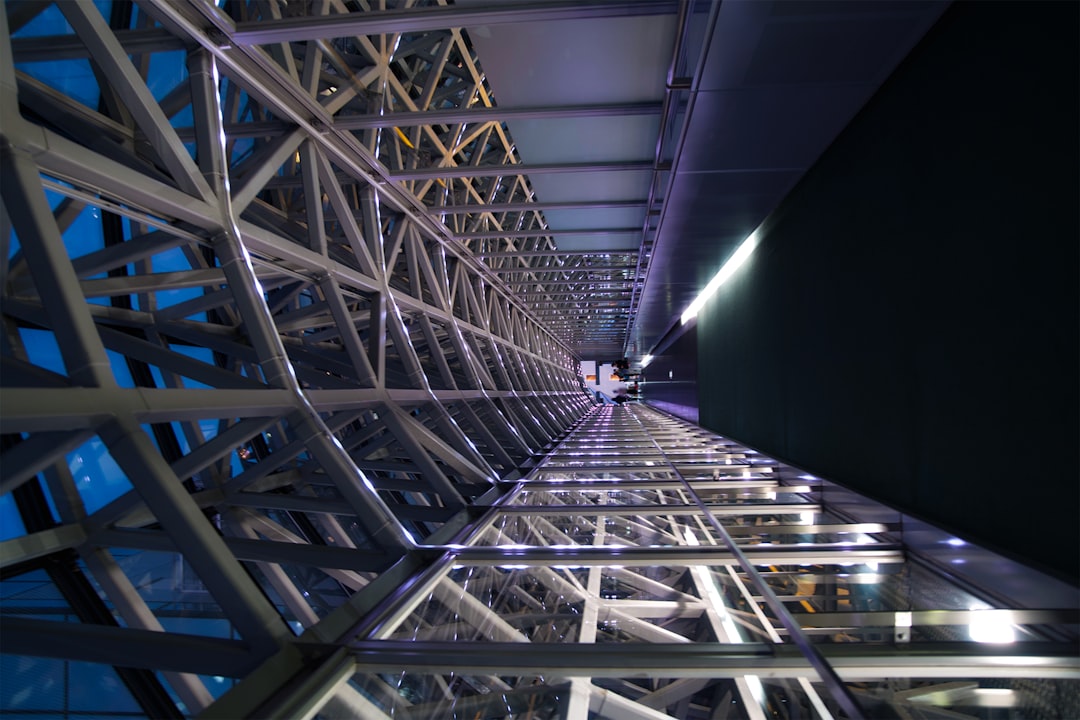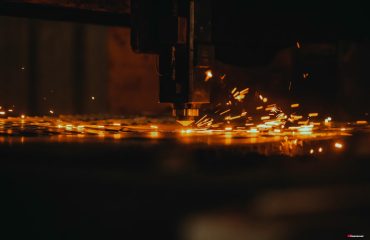The construction industry is undergoing a significant transformation, driven by the increasing demand for faster, more efficient, and sustainable building solutions. Prefabricated steel buildings are at the forefront of this revolution, offering a compelling alternative to traditional construction methods. This post delves into the exciting innovations shaping the future of prefab steel structures, exploring the technologies and design principles that are pushing the boundaries of what’s possible.
1. Sustainable Steel: Eco-Friendly Prefab Construction
Sustainability is no longer a niche concern; it’s a core requirement for modern construction. Prefab steel buildings are inherently more sustainable than many traditional options. Steel is a highly recyclable material, significantly reducing the environmental impact of construction waste. Innovations in steel production are further enhancing its eco-friendliness, with the use of recycled steel content increasing and efforts to reduce carbon emissions during manufacturing becoming more prominent. Furthermore, the precision of prefab construction minimizes material waste on-site, contributing to a smaller carbon footprint. The use of sustainable insulation materials within the steel frame further boosts the environmental credentials of these structures. Examples include recycled cellulose insulation or plant-based alternatives, minimizing reliance on petroleum-based products.
2. Advanced Design & Engineering: Pushing the Boundaries of Steel
Modern software and design techniques are revolutionizing the design and engineering of prefab steel buildings. Building Information Modeling (BIM) allows architects and engineers to create highly detailed 3D models, simulating the entire construction process and identifying potential problems before construction even begins. This leads to improved accuracy, reduced errors, and faster construction times. Furthermore, advanced analysis tools allow engineers to optimize the steel structure for maximum strength and efficiency, minimizing material usage without compromising structural integrity. This precision engineering is crucial for ensuring the longevity and resilience of these buildings, especially in areas prone to extreme weather conditions. New steel alloys with enhanced strength-to-weight ratios are also contributing to the development of lighter, more robust structures.
3. Modular Construction & Rapid Deployment: Speed & Efficiency
Prefab steel buildings are synonymous with speed and efficiency. Modular construction, where building components are prefabricated off-site in controlled factory environments, significantly accelerates the construction process. These modules are then transported to the building site and assembled, reducing on-site construction time by a considerable margin. This speed translates to faster project completion, reduced labor costs, and earlier occupancy. Innovations in modular design are leading to more complex and versatile structures, blurring the lines between what was previously possible with traditional methods. This includes the integration of pre-installed MEP (Mechanical, Electrical, and Plumbing) systems, further streamlining the construction process and minimizing on-site work.
4. Smart Building Integration: Technology & Automation
The integration of smart building technologies is transforming prefab steel structures into intelligent and responsive environments. This includes the incorporation of smart sensors for monitoring energy consumption, security systems, and environmental controls. Automation is playing a crucial role, with robotic systems used in the manufacturing process for enhanced precision and efficiency. Data analytics derived from smart building systems can provide valuable insights into building performance, enabling proactive maintenance and optimization of energy usage. This contributes to lower operational costs and a more sustainable building lifecycle. The integration of renewable energy sources, such as solar panels, further enhances the sustainability and efficiency of these structures.
5. Seismic & Wind Resistance: Engineering for Extreme Conditions
Steel’s inherent strength and flexibility make it an ideal material for building in areas prone to seismic activity or high winds. Advanced engineering techniques, coupled with the use of high-strength steel alloys and innovative connection systems, ensure that prefab steel buildings can withstand extreme weather events. These designs often incorporate features such as base isolation systems or specialized bracing to further enhance seismic resistance. Wind tunnel testing and sophisticated computer simulations are employed to optimize the design for optimal wind performance, minimizing the risk of damage during storms. This resilience not only protects the building but also ensures the safety of its occupants.
The future of prefab steel building innovations is bright. Continuous advancements in materials, design, and construction techniques are pushing the boundaries of what’s possible, creating more sustainable, efficient, and resilient buildings. These innovations are not only shaping the construction industry but also contributing to a more sustainable and resilient built environment.
SEO Tags:
prefab steel buildings, modular construction, sustainable steel, smart building technology, seismic resistant buildings




